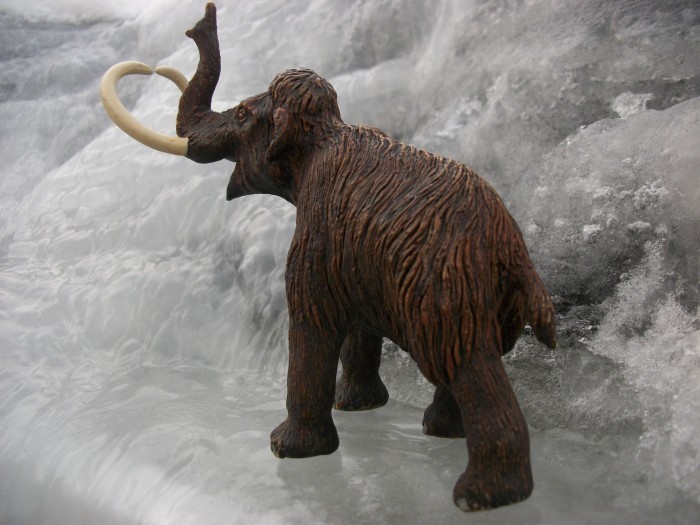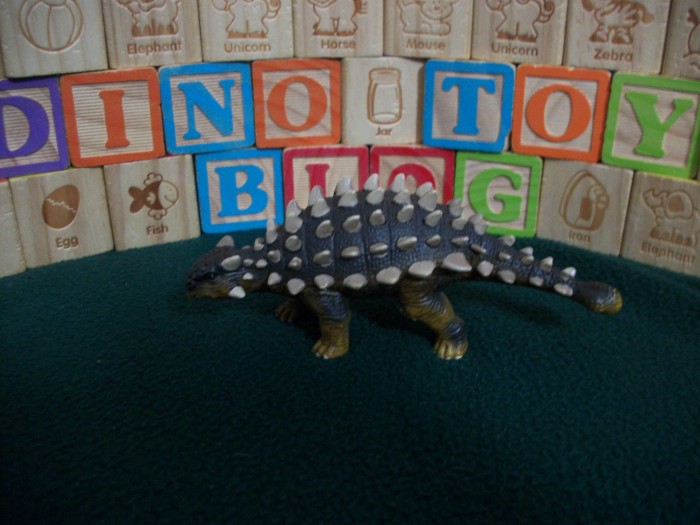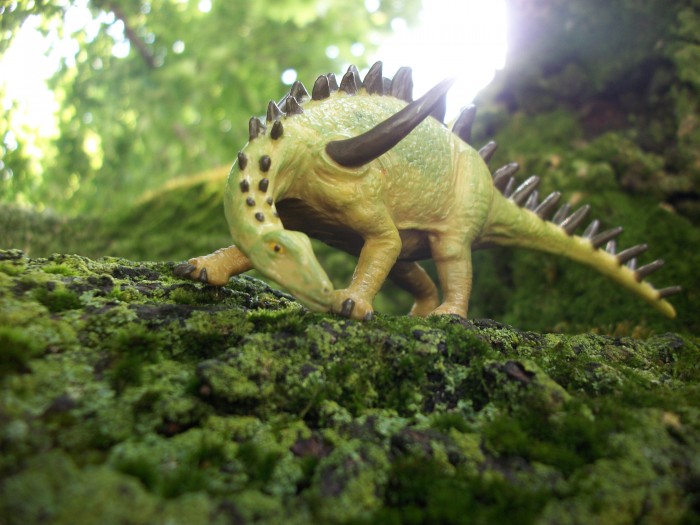Many years ago when I was a small child, I thought all of the ancient mammoths where the Woolly Mammoth. I later learned that it was a diverse branch with many different members. The first mammoth bones I had ever seen in person were at the Mammoth Site in South Dakota, where a majority of the mammoth remains are of the Columbian variety, but there are also a few remains of the Woolly Mammoth as well.
Author: Laticauda
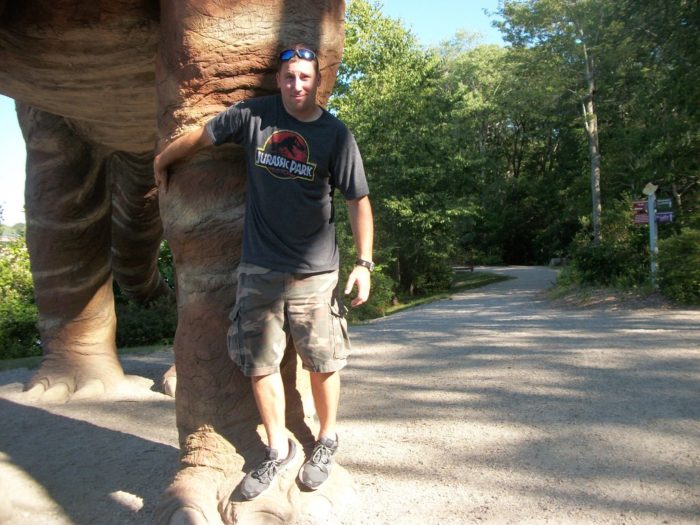 My name is Rob but I go by Laticauda (which is a genus of Elapid “Sea” snakes) on both the Dinosaur Toy Blog and Forum. My dinosaur collecting journey began when I discovered the Carnegie line as a kid. They amazed me and I didn’t look at them as toys but as art. By the time I headed off to college I no longer collected prehistoric toys as I had moved on to new collecting pursuits. This all changed the day when my first child was born as it rekindled my passion for the prehistoric world. Now I have two kids and I enjoy sharing the hobby with them.
My name is Rob but I go by Laticauda (which is a genus of Elapid “Sea” snakes) on both the Dinosaur Toy Blog and Forum. My dinosaur collecting journey began when I discovered the Carnegie line as a kid. They amazed me and I didn’t look at them as toys but as art. By the time I headed off to college I no longer collected prehistoric toys as I had moved on to new collecting pursuits. This all changed the day when my first child was born as it rekindled my passion for the prehistoric world. Now I have two kids and I enjoy sharing the hobby with them.All reviews by this author
Review: Deinotherium (Deluxe Collection by CollectA)
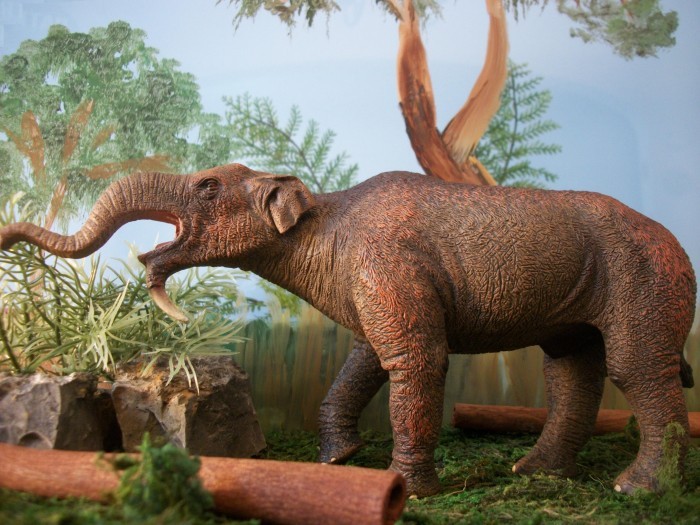
History: One of the biggest Proboscideans of all time lived during the Early Miocene through to mid Pleistocene, yet it is largely forgotten by the general public. The Woolly Mammoth gets all the attention and love, with appearances in film, literature, and in toy form. The family of Deinotheriidae feels ancient as it branched away from the current extant species of Elephants earlier than most of the other families.
Review: Hypsilophodon family (CollectA)
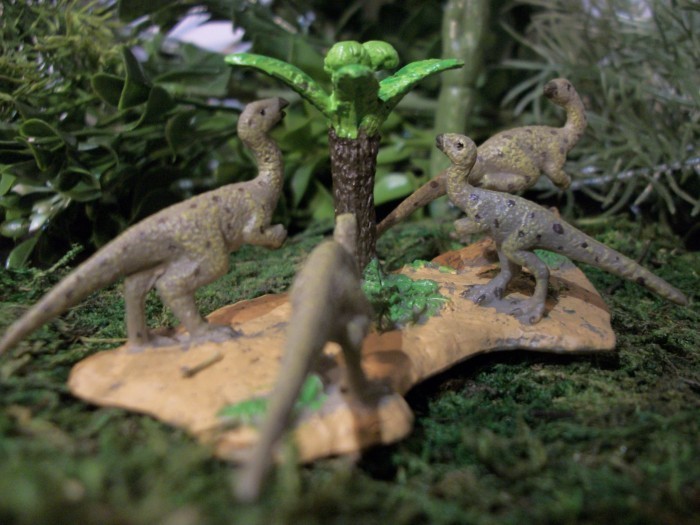
Hypsilophodon was a tasty little morsel for vacationing and local carnivorous animals during the early Cretaceous. It is believed the Hypsilophodon would have been very fast and nimble. Along with its small size; it was probably a hard catch for the predators, un-like many of us today, Cretaceous predators probably did not like the idea of fast food.
Review: Liliensternus (CollectA)
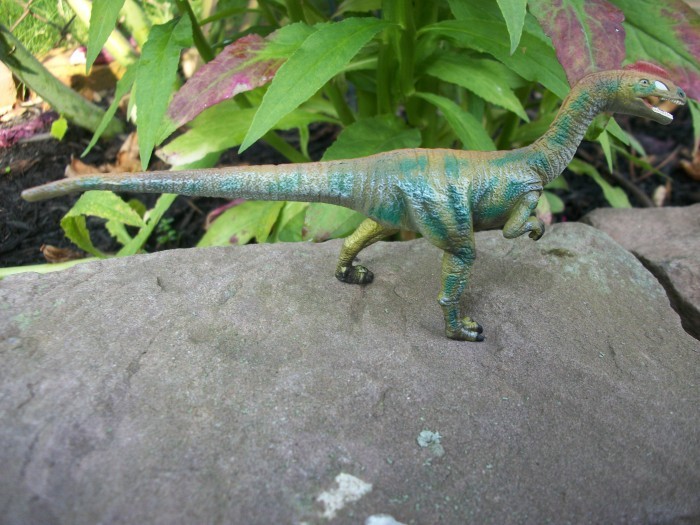
Review: Diplodocus (Natural History Museum by Toyway)
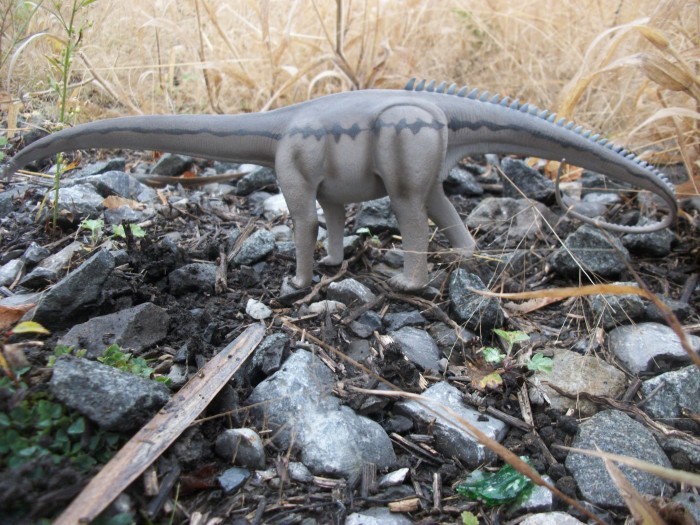
Here is the 2006 Toyway Diplodocus, ready to tap dance into your hearts, across your living room, and give comedic one timers. Couldn’t you just picture this model walking on stage to an in-studio audience applause and doing an opening monologue. Of course with that smile, it should do some toothpaste commercials as well.
Review: Gastonia (CollectA)
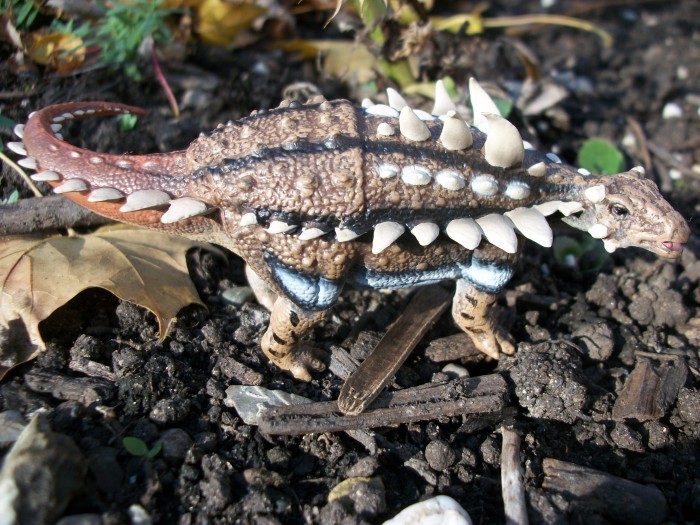
During the early Cretaceous in North America around 126 million years ago, a small herbivore emerges from the trees in a wooded forest lifting its head to smell the breeze that is drifting by. It ambles into the clearing on its small legs and starts to nibble some of the vegetation at the forest edge.
Review: Saichania (World of History by Schleich)
Review: Megalosaurus (Natural History Museum by Toyway)
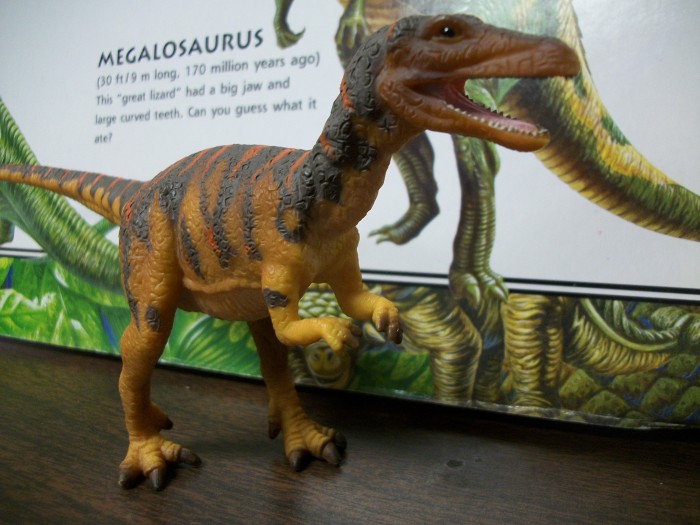
History: 166 million years ago during the middle Jurassic a predator named Megalosaurus prowled England. In 1824 it became the first non-avian dinosaur to have a validly named genus. From there its popularity grew and became a widely known dinosaur celebrity. It received top billing at Crystal Palace Park where it was one of the three mascot dinosaurs.
Review: Monolophosaurus (Wild Safari by Safari Ltd.)
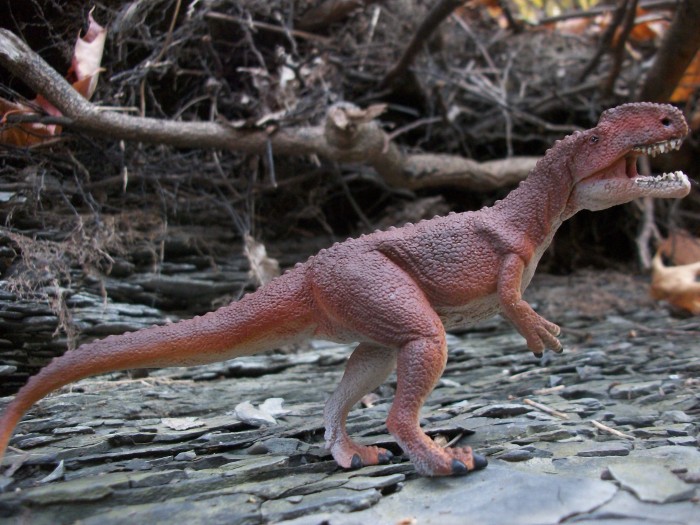
For the 2014 crop of Wild Safari figures, the one my 3 year old son was most excited about was the Monolophosaurus. I must admit, I didn’t really know this particular carnivore, and the picture of the toy didn’t really interest me that much. As the months wore on my kid finally convinced me to give it try.
Review: Stegosaurus (World of History by Schleich)
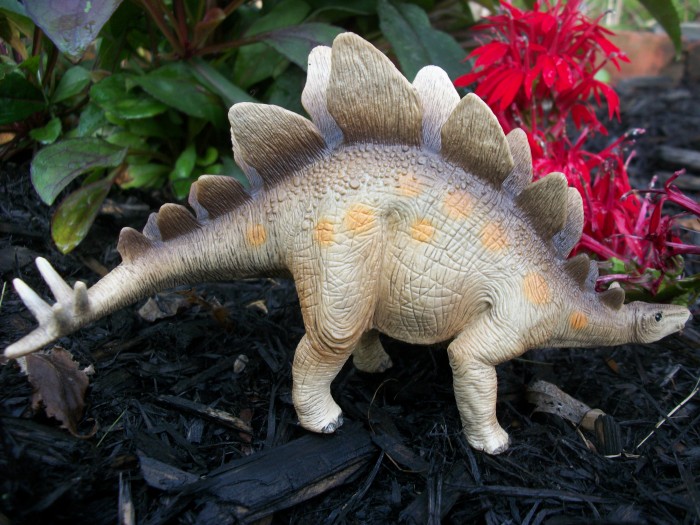
History: One of the most recognizable dinosaurs, Stegosaurus continues to be a popular choice for TV specials, movies, and of course toys. Stegosaurus lived during the late Jurassic around 150-155 million years ago. It shared a habitat alongside some of the most well known dinosaurs, such as Allosaurus (which would dine on Stegosaurus), Apatosaurus, Camarasaurus, and Diplodocus.
Review: Parasaurolophus (Mojö Fun)
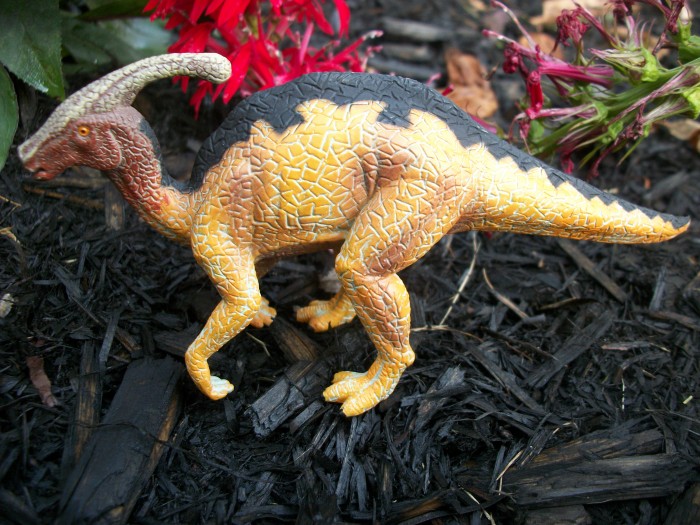
Parasaurolophus is perennial favorite among children and adults. It is one of the most recognizable Hadrosaurid to the general public. 75 million years ago, in what is now North America, it was part of a diverse family of Cretaceous herbivore dinosaurs known for their bizarre and strange head adornments.
Review: Dacentrurus (Terra Series by Battat)
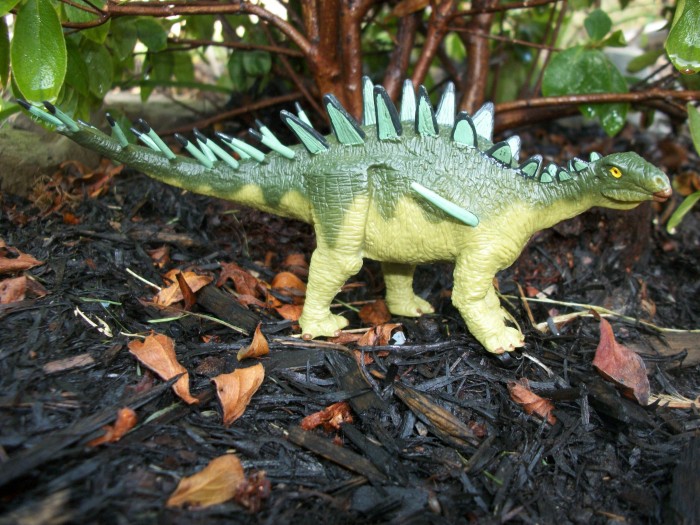
Review: Suchomimus 2014 (Wild Safari by Safari Ltd.)
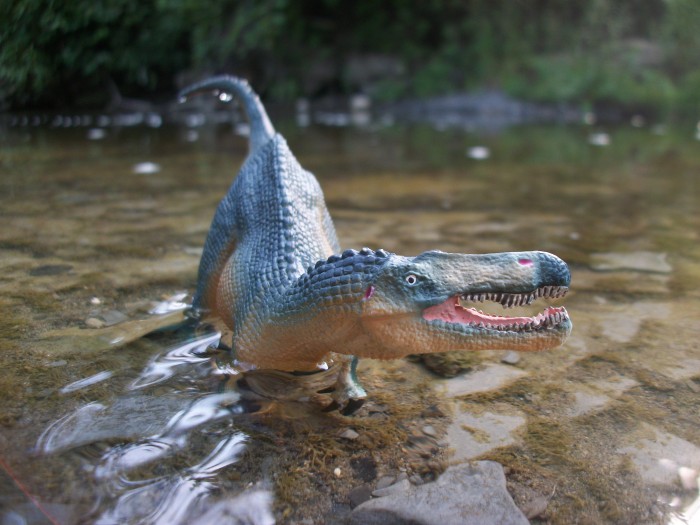
The first time I ever heard of Suchomimus was when I saw Jurassic Park 3 and the character Billy said, “It’s a super-predator: Suchomimus, “then Billy uses his hand and mimics the length of the snout and finishes by saying, “the snout.” The Suchomimus, which means “crocodile mimic” definitely had a pronounced and interesting snout that in a quick glance resembles today crocodiles and alligators, though in reality there are many structural differences.
Review: Lexovisaurus (CollectA)
Review: Carnotaurus (World of History by Schleich)

If you didn’t know; in the late 60’s a dinosaur renaissance took place, which sparked new ideas and discoveries in paleontology. Of course, through the 70’s and 80’s, change was slow, most of the public was still being taught that dinosaurs were cold blooded and sluggish.

